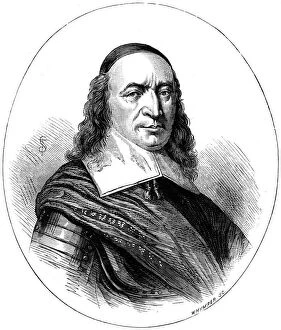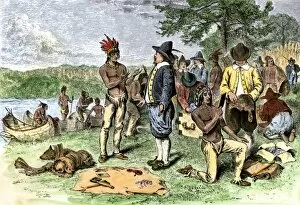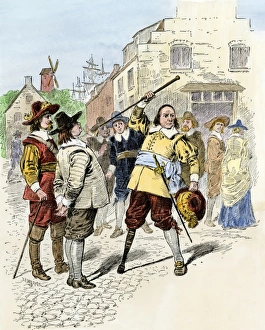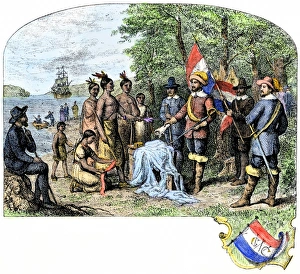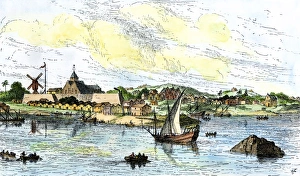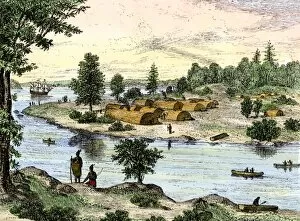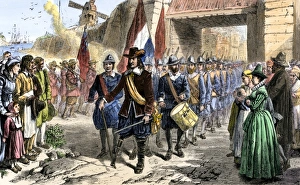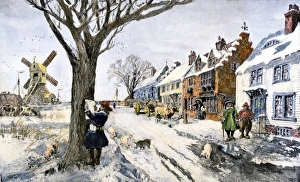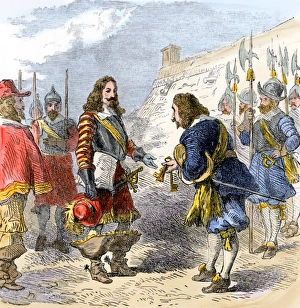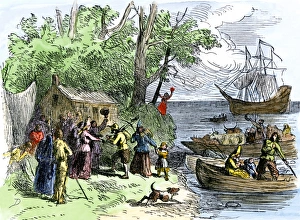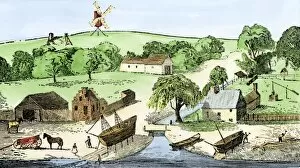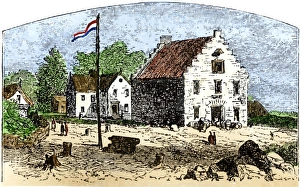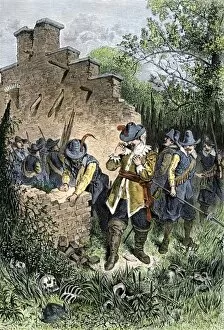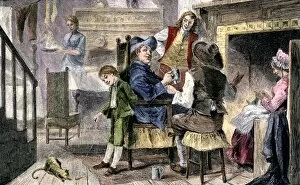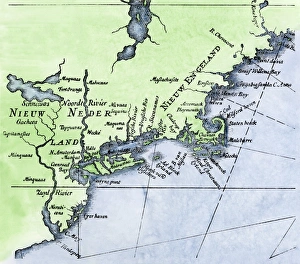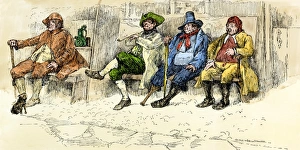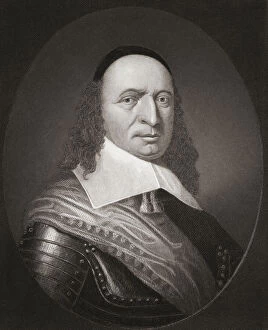New Netherland Collection
"New Netherland: A Glimpse into the Dutch Legacy in 17th Century New York" Step back in time to the bustling streets of New Amsterdam, now known as New York City
All Professionally Made to Order for Quick Shipping
"New Netherland: A Glimpse into the Dutch Legacy in 17th Century New York" Step back in time to the bustling streets of New Amsterdam, now known as New York City. This rectified redraft of the Castello Plan of 1660 takes us on a journey through one of America's earliest settlements. As we traverse the city, we encounter the iconic New Amsterdam canal that once flowed through its heart during the 1600s. The Manhattan Purchase of 1626 comes alive before our eyes, with Peter Minuit, a Dutch colonial official, negotiating for this very island we stand upon today. Dutch colonists dotting the landscape remind us of their significant presence and influence in shaping early New Amsterdam. The map from 1685 showcases "Novi Belgii Novaeque Angliae, " illustrating how expansive and important this region was during that time. The Colonial New York harbor in 1667 reveals a vibrant trading hub where ships from all corners docked, bringing goods and ideas from around the world. Nieu Amsterdam engraving captures its architectural charm and unique character. Yet not everything was peaceful; The Smokers Rebellion depicted in oil on canvas reminds us that even then, societal tensions existed. William Kieft's Edict further highlights these conflicts within society at large. The Manhattan Purchase color litho transports us to that pivotal moment when land changed hands forever—a transaction etched into history books as an emblematic event marking European colonization. Amidst it all, leisure activities like playing bowls provided moments of respite for residents seeking camaraderie and entertainment amidst their daily lives. However, change loomed over this settlement; The fall of New Amsterdam print depicts its eventual transformation into British control—an eventuality that would shape American history profoundly.


























